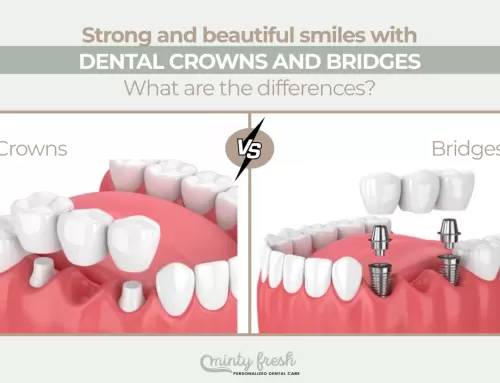Essential Guide to Root Canal Treatments: Types and Their Importance
The Significance of Root Canal Treatments
Root canal treatments, or endodontic therapy, are critical procedures designed to save a tooth that is severely infected or damaged. The treatment focuses on the pulp, the soft tissue inside the tooth that contains nerves and blood vessels. When this pulp becomes inflamed or infected due to decay, cracks, or trauma, a root canal can help save the tooth and restore its health and function.
Types of Root Canal Procedures
Understanding the different types of root canal procedures can help you make informed decisions about your dental care:
Conventional Root Canal:
This common procedure involves removing the infected pulp, cleaning and disinfecting the root canal, and then sealing it with a rubber-like material called gutta-percha. A crown or filling is usually placed on top to protect the tooth and restore its function.
Apicoectomy:
If a conventional root canal is not successful or is not feasible, an apicoectomy may be required. This surgical procedure involves removing the tip of the root and sealing the end of the root canal with a filling. It’s typically used when infection persists despite initial treatment.
Pediatric Pulpotomy:
This procedure is used for children with deep cavities affecting the pulp. It involves removing the infected pulp in the crown of the tooth while preserving the vitality of the tooth’s root. It is essential for maintaining the tooth until the permanent adult tooth comes in.
The Importance of Root Canal Treatments
Opting for a root canal treatment offers several significant benefits:
- Preservation of the Natural Tooth:
Instead of extracting a damaged tooth, a root canal allows you to keep your natural tooth, maintaining the alignment and function of your bite.
- Pain Relief:
Root canal treatments alleviate severe tooth pain caused by infection or inflammation, providing much-needed relief and comfort.
- Prevention of Further Infection:
By removing the infected pulp and sealing the tooth, root canal treatments prevent the spread of infection to adjacent teeth and overall oral health complications.
Recognizing the Need for a Root Canal
It’s essential to be aware of symptoms that may indicate the need for a root canal:
-
Persistent toothache, especially when chewing or applying pressure.
-
Sensitivity to hot or cold temperatures, even after removing the stimulus.
-
Swelling or tenderness in the gums near the affected tooth.
-
Darkening or discoloration of the tooth, signaling nerve damage or infection.







